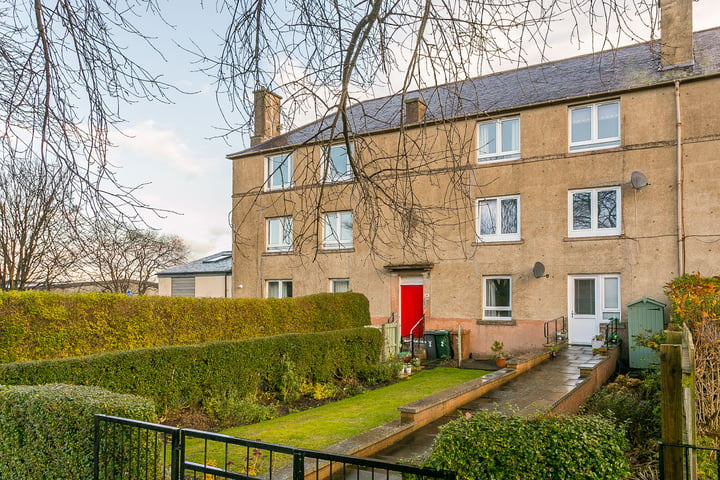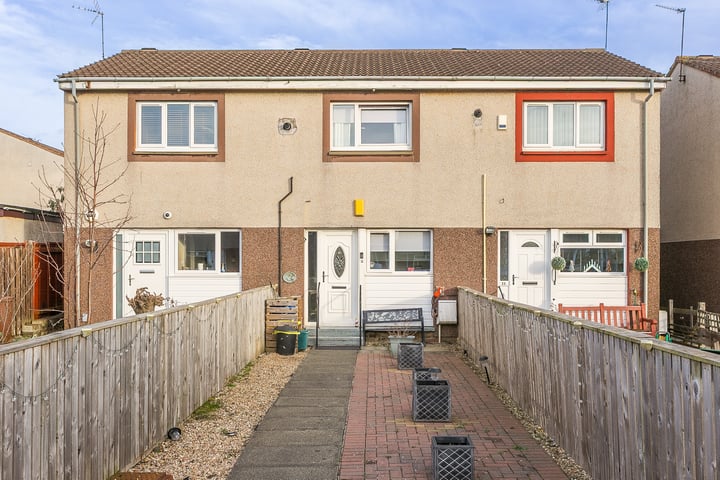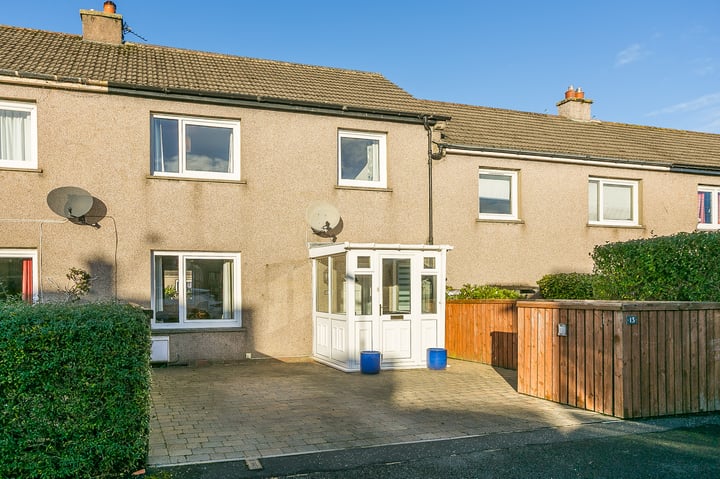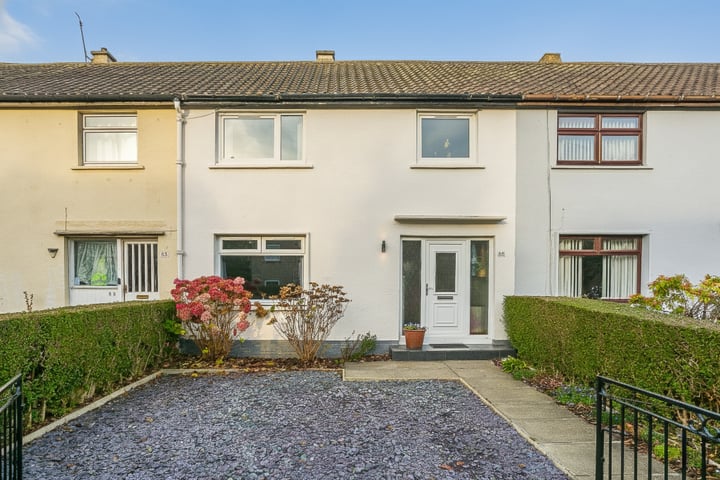Offers Over’, ‘Offers Around’ and ‘Fixed Price’ are the three main tactics of pricing your home for sale in Scotland. With every property sale being unique, the best pricing tactic for your home will depend on a number of factors. To find out more, read on!
Fixed Price
Fixed Price is probably the most straightforward pricing tactic to understand as a homebuyer. In short, the seller is telling the potential buyer that, subject to the other conditions of the buyer’s offer, they are prepared to sell their home for a certain price. The buyer’s assumption will therefore be that, if they make an offer at that level, their offer will be accepted.
Of course, price is only one factor in any offer and considerations such as the proposed Date of Entry or any extras that the buyer wishes to include in the purchase will be relevant to the seller’s decision about whether to accept the offer.
In a buyers’ market, many buyers will initially offer at a level below the asking price as a way of opening dialogue and starting negotiations with the seller.
Offers Around or Offers in the Region of
‘Offers Around’ or ‘Offers in the Region Of’ is a bit of a hybrid of Fixed Price and Offers Over.
Offers Around gives the potential buyer an indication of the amount that the seller expects to receive for the sale, similar to Fixed Price, yet it opens the door to a Closing Date scenario where multiple buyers bid against each other if the property is in high demand.
Following the introduction of Home Reports in late 2008, this pricing tactic was in widespread use. For the first time, buyers in Scotland had access to a Chartered Surveyor’s Survey Report, paid for by the seller, in advance of submitting an offer. The Home Report contained a Valuation and this reduced the likelihood of a buyer paying significantly more than that figure. In the market conditions of that time, it was a nail in the coffin of Offers Over.
As we have returned to a sellers’ market in recent times and as buyers are increasingly prepared to pay in excess of the Home Report valuation to secure the desirable properties that are in short supply, Offers Around or Offers in the Region Of has given way to Offers Over as the most popular pricing tactic.
The Return of Offers Over
In the mid-noughties, Offers Over was the most common tactic for pricing homes in most parts of Scotland. In some of the most in-demand areas, you would often see asking prices set artificially low, with properties then selling for up to 25% or even more over the asking price. Perhaps unsurprisingly, buyers really don’t like ‘Offers Over’ as it gives no real indication as to what level of offer is likely to be acceptable.
With Offers Over being strongest in a sellers’ market and with an element of competition amongst buyers being necessary to generate the best selling price at a Closing Date, it almost completely died-out during the ‘property market crash’ and ‘credit crunch’ of 2008 and 2009.
On top of a market crash and credit crunch, the introduction of Home Reports in December 2008 put the final nail in its coffin, with Offers Over largely being replaced by Offers Around (Offers in the Region Of) or Fixed Price.
Offers Over works best when there are a number of buyers competing for the same property. By extension, it therefore works best in a sellers’ market such as the one that we are seeing at the time of writing.
When a property is marketed as ‘Offers Over’, it’s possible that the seller will accept the first offer that they receive on the property. However, the seller will usually be hoping that a Closing Date can be set. This is a time and date where the multiple interested parties have to submit their offers, without any of the buyers knowing what the other one is bidding (similar to ‘sealed bids’ in England). Buyers let the seller’s estate agent know that they want the opportunity to bid on the property at a Closing Date by submitting a ‘Note of Interest’ through their solicitor.
So, how popular is Offers Over at the moment? At the time of writing, we find ourselves again in a sellers’ market and Offers Over has made a comeback. ESPC statistics from November 2013 to January 2014 indicated that 43.5% of homes were being marketed as ‘Offers Over’. By way of comparison, statistics released for the same period in 2016 and 2017 showed that 86.9% of homes were being sold as ‘Offers Over’.
For more information about what Offers Over means and advice about what to pay for a property that is marketed as Offers Over, have a look at this article.
We’re Here to Help
If you are selling your home or investment property in 2017, please do get in touch with us by calling 0345 646 0208 (Option 1) or by emailing [email protected] to organise a free valuation of your home or to get a full, transparent breakdown of the costs of selling your home. Our expert Valuation Department can help you with suggestions to maximise the appeal of your home to buyers and get the best possible price if you are selling. For more tips about preparing for a property valuation, you can also check out our YouTube video, Getting the Best Possible Property Valuation.







Leave a Reply